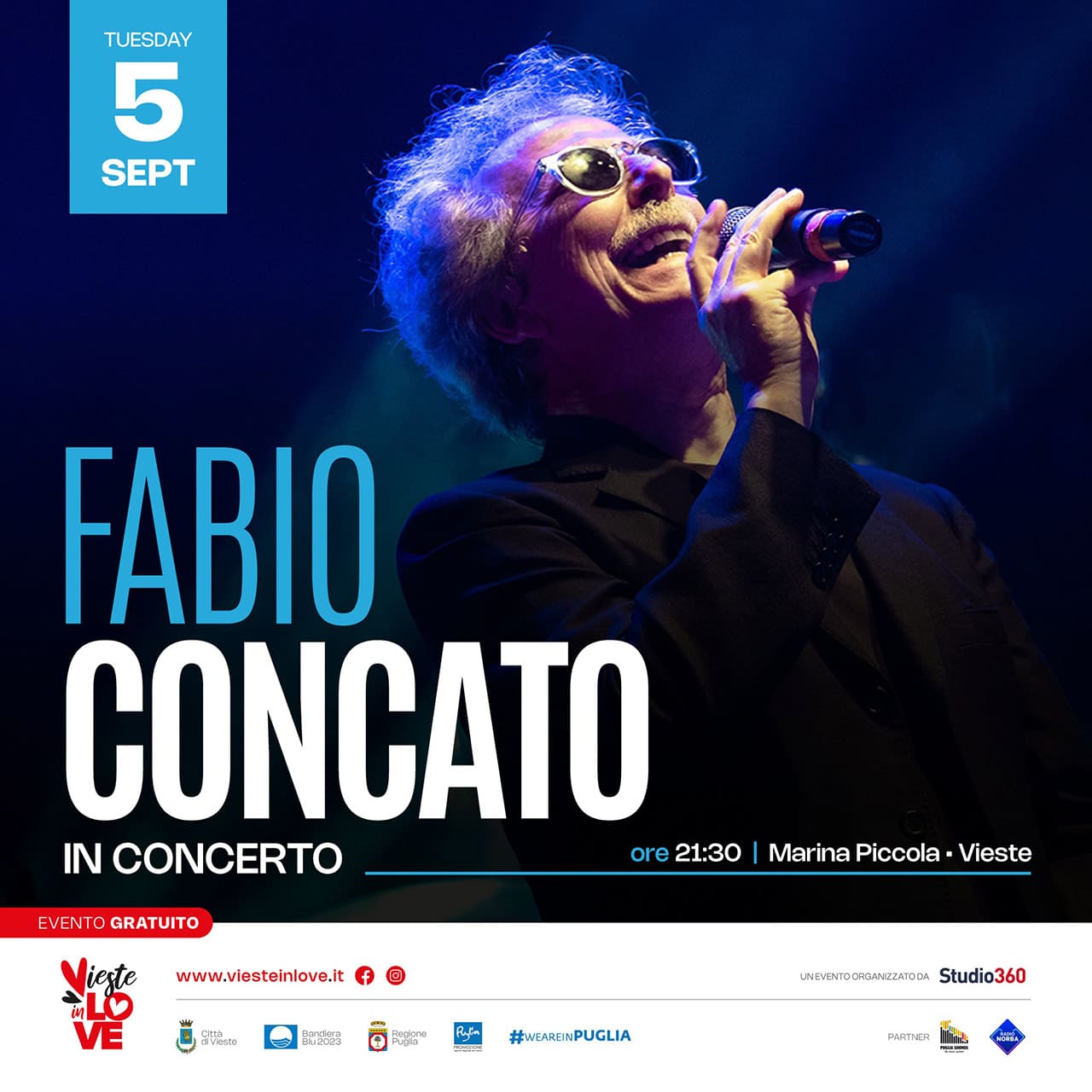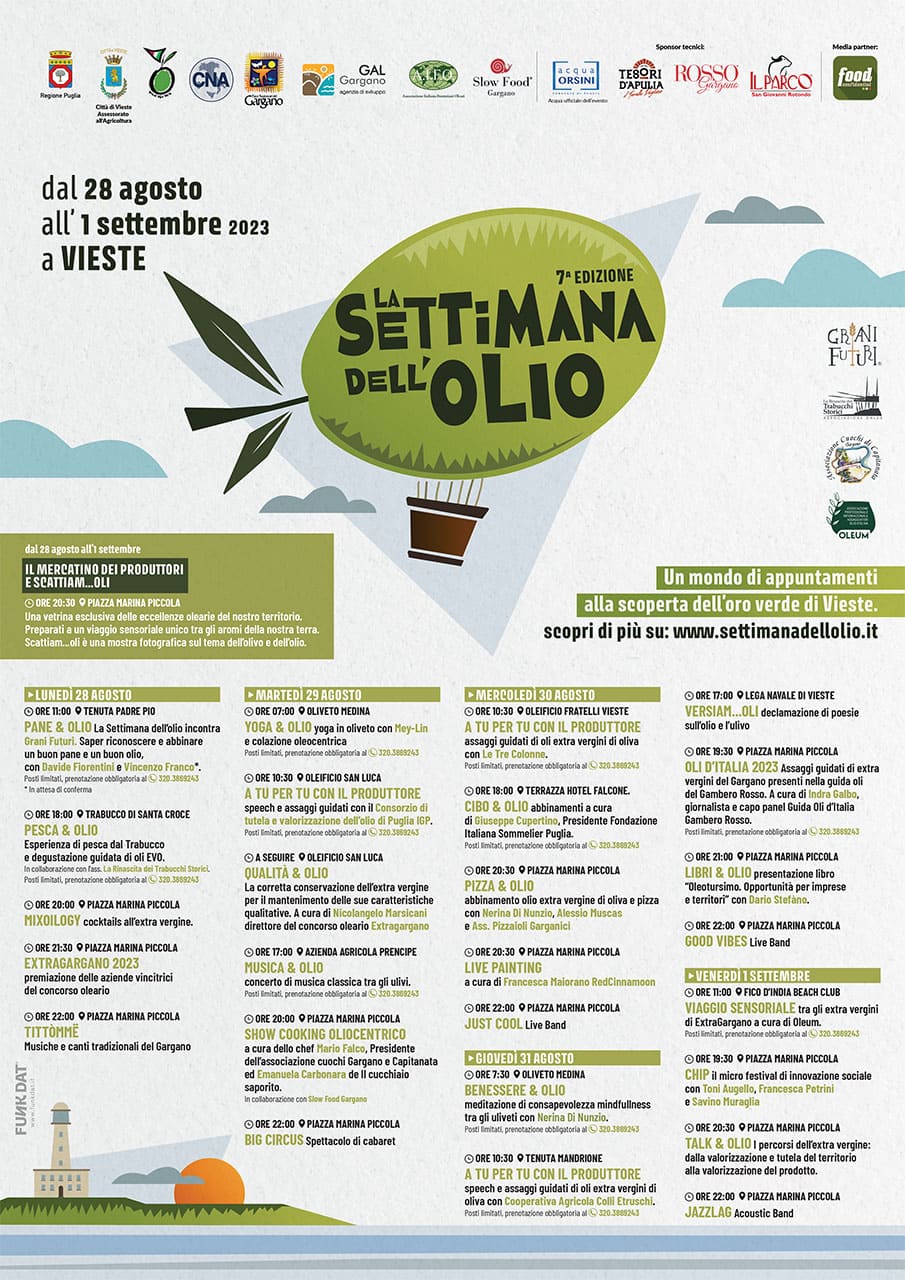La piccola chiesetta ha origini incerte, forse risale al 1500 e dedicata a San Simeone, poi a San Pasquale Baylon ed infine a San Pietro d’Alcantara. La chiesa fu istituita insieme all’attiguo Hospitale, dove si ospitavano anche viandanti e pellegrini di passaggio, creato per curare ed assistere i malati e i moribondi. Dopo il sisma del 1646 la chiesa, una volta riparata dal vescovo Raimondo Del Pozzo (1648-94), venne affidata ad una congregazione costituita da soli sacerdoti che si recavano all’ospedale per dare conforto spirituale e materiale agli assistiti. Con lo scioglimento degli ordini monastici e l’abolizione delle confraternite in età napoleonica la chiesetta venne usata come parrocchia e dopo alterne vicende rimase a lungo chiusa ed abbandonata a se stessa. Appena entrati in una piccola nicchia sul lato sinistro si trova la statua dell’Arcangelo San Michele mentre la cappella laterale che segue è dedicata al Sacro Cuore di Gesù di cui si conserva una statua in cartapesta insieme a quella di San Pasquale e di San Pietro D’Alcantara. La cappella di sinistra invece è dedicata alla Madonna di Pompei ed ospita anche una statua di San Giuda. Sul presbiterio troviamo un tabernacolo settecentesco sormontato da una grande cornice in tufo che, in origine, ospitava la settecentesca Pala di San Simeone, realizzata dal Tomaiuolo, che oggi si conserva nell’episcopio. All’interno dell’edicola oggi corredata da una nicchia, ospita il crocifisso mentre nel lato sinistro del presbiterio una riproduzione in scala ridotta ci da la possibilità di ammirare una copia della pala originale. Durante il mese di Settembre qui si ritrovano i Sammichelari, devoti dell’Arcangelo San Michele, per la celebrazione del novenario che precede il pellegrinaggio del 29 Settembre.
This small church has uncertain origins, perhaps dating back to 1500 and dedicated to San Simeone, then to San Pasquale Baylon and finally to San Peters of Alcantara. The church was established together with the adjoining hospital, where travellers and pilgrims were also accommodated, created to care for and assist the sick and the dying. After the earthquake of 1646 the church, once repaired by Bishop Raimondo Del Pozzo (1648-94), was entrusted to a congregation made up of only priests who went to the hospital to give spiritual and material comfort to the patients. With the dissolution of the monastic orders and the abolition of the confraternities during the Napoleonic period, the church was used as a parish and after many events remained closed and abandoned to itself. Just entered a small niche on the left side is the statue of the Archangel St. Michael while the lateral chapel that follows is dedicated to the Sacred Heart of Jesus of which there is a papier-mâché statue together with that of St. Pasquale and St. Peter of Alcantara. The chapel on the left is dedicated to Our Lady of Pompeii and also houses a statue of St. Jude. On the presbytery a large tuff frame originally housed the eighteenth-century altarpiece of San Simeon, made by Tomaiuolo, which is now kept in the episcopal palace. During the month of September, the Sammichelari, devotees of the Archangel St. Michael, gather here for the celebration of the novenary preceding the pilgrimage of September 29.















